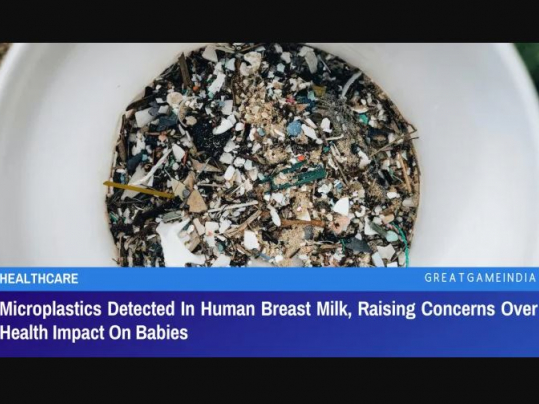Scientists create human-sheep chimera with hopes of affordable organ transplants

A team of scientists has grown embryos inside a sheep that contain human stem cells, moving the sci-fi idea of developing human organs inside animals one step closer to reality, which has sparked ethical concerns.
The scientific breakthrough could potentially save the lives of thousands of people who are in a dire need of vital organ transplants. While many patients die before they move up to the top of a queue, organs grown inside a sheep, like a pancreas, can not only save a life but also cure a chronic illness such Type 1 Diabetes, the researchers say.
This week, the team from Stanford University was able to grow a sheep embryo injected with adult human stem cells for 28 days, including 21 days inside a sheep, it announced at a meeting of the American Association for the Advancement of Science in Austin, Texas, the Guardian reports. The experiment had to be terminated, as the law prohibits developing cross-species embryos, called chimera, for more than 28 days.
Researchers had already created the first human-pig hybrid.
However, the major difference is that this time they achieved a ten-times higher ratio of human cells to animal cells in an embryo, which is one human cell to about 10,000 sheep cells, according to Dr. Pablo Ross from the University of California.
To create a part-human, part-animal embryo, the researchers use a gene-editing technique. First, they deleted genes needed for developing a certain organ in an animal embryo, then they injected human stem cells, which can become any cell in the body and are supposed to fill the void. In 2010, the Japanese scientists were the first to use this method to create a mouse and rat chimera, where the rat cells were introduced into a mouse to form a missing pancreas.
Last year, the same team that is now working on a sheep embryo, announced that it had, for the most part, cured diabetes in mice after transplanting a mouse pancreas it had grown in a rat.
There’s still a long way to go until this could be possible to replicate on humans, the researchers said. Unlike the rats or mice, both sheep and pigs have organs similar in size to those of a human.
“It could take five years or it could take 10 years but I think eventually we will be able to do this,” the study’s co-author Hiromitsu Nakauchi of Stanford University said, as cited by the Guardian.
Ross estimated that for the experiment to go forward, at least one percent of an embryo’s cells must be human and the time allowed to develop an embryo must be extended. In addition to complex scientific problems that needed to be solved, the work has been plagued by ethical concerns and protests by animal rights activists.
The bulk of their concerns center around the chance a sheep or a pig embryo could become more of a human than desired if human brain cells are accidentally developed. Ross admitted that the scientists have been taking this issue seriously, and if the researchers run into with this problem it may stall the research forever.
“Let’s say that if our results indicate that the human cells all go to the brain of the animal, then we may never carry this forward,” Ross said, while Nakauchi said he is sure the scientists will be able to isolate the designated region, meaning they won’t end up creating a “pig with a human face or human brain.”
- Source : RT


















